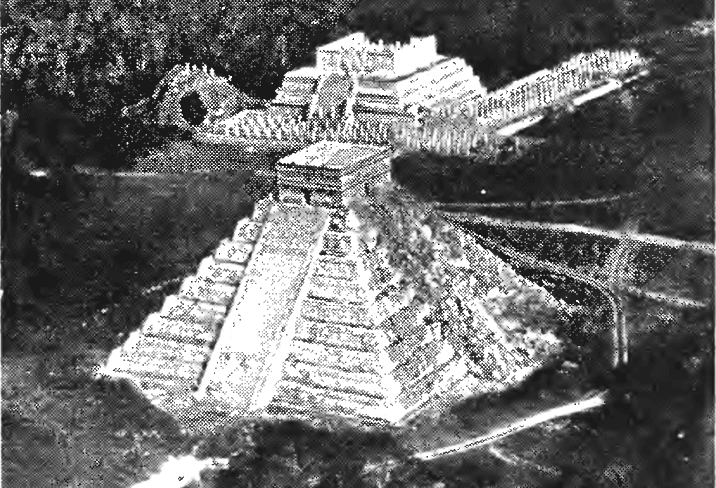<![CDATA[During an expedition in the jungles of the Yucatan peninsula Slovenian scientists found two ancient Mayan cities. They dug up the cities after they looked at some aerial photographs, and began to explore the surrounding area around the Mayan City of Chactun, which was discovered in 2013. One of the cities had an entrance resembling that of a monster, which according to project leader, Ivan Sprajc of the Research Center of the Slovenian Academy of Sciences and Arts, represents an earth deity that the Mayans worshiped. He continues on to say that these doorways also represent the entrance to the underworld where their ancestors were. The city that had the entrance resembling a monster was actually discovered in the 1970s by American archaeologist Eric Von Euw, who referred to it as Langunita. However, his work was not published, neither was it well documented, although he made some drawings that also were never published. His and others attempts of relocating the monument have failed. Sprajc states that the information that Von Euw wrote down was very vague and could not be used by anyone, as the jungle is extremely densely populated with trees and plants, and there are many mounds that most likely have nothing significant underneath. The monument that Sprajc and his team found was identified as Languinita after they compared their finds with Von Euw's drawings. The Slovenian scientists also found remains of massive buildings that surrounded four plazas. A temple pyramid 65 ft high was also found, with ten tall sculpted stone shafts and three circular stones that looked like altars nearby. One of the shafts even had an inscription on it, with the date as well. The inscription was translated by National Autonomous University of Mexico epigrapher, Octavio Esparza, who states that it was written on November 29, 711 AD by someone named "lord of 4 k'atuns” (20 year periods). The text that identified that could have been used to identify this lord was unfortunately eroded, along with the name of his wife. Esparza states that Langunita must have been a very powerful city, since the buildings and monuments in the city could only have been built by a wealthy population. The other city found was named Tamchen, which translated from Yucatec Maya means "deep well". It was a similar city to Languinita, but had more than 30 chultuns around the city, some as deep as 13 meters. These chultuns are bottle-shaped underground chambers that were used to collect rainwater and also for storage. The city of Tamchen had many amenities, including plazas which were surrounded by large buildings just like Languinita, as well as an acropolis that had a courtyard and three temples on each side. Also found was a pyramid temple that had a sanctuary on top and an altar at the bottom. It is still unsure what the relationship was like between Languinita and Tamchen, or even if they existed at the same time, but evidence is pointing towards them coexisting. Sprajc hopes that this new discovery will help future explorers to find even more cities of Mayan history.]]>
Ancient Mayan Cities Found in Mexico
